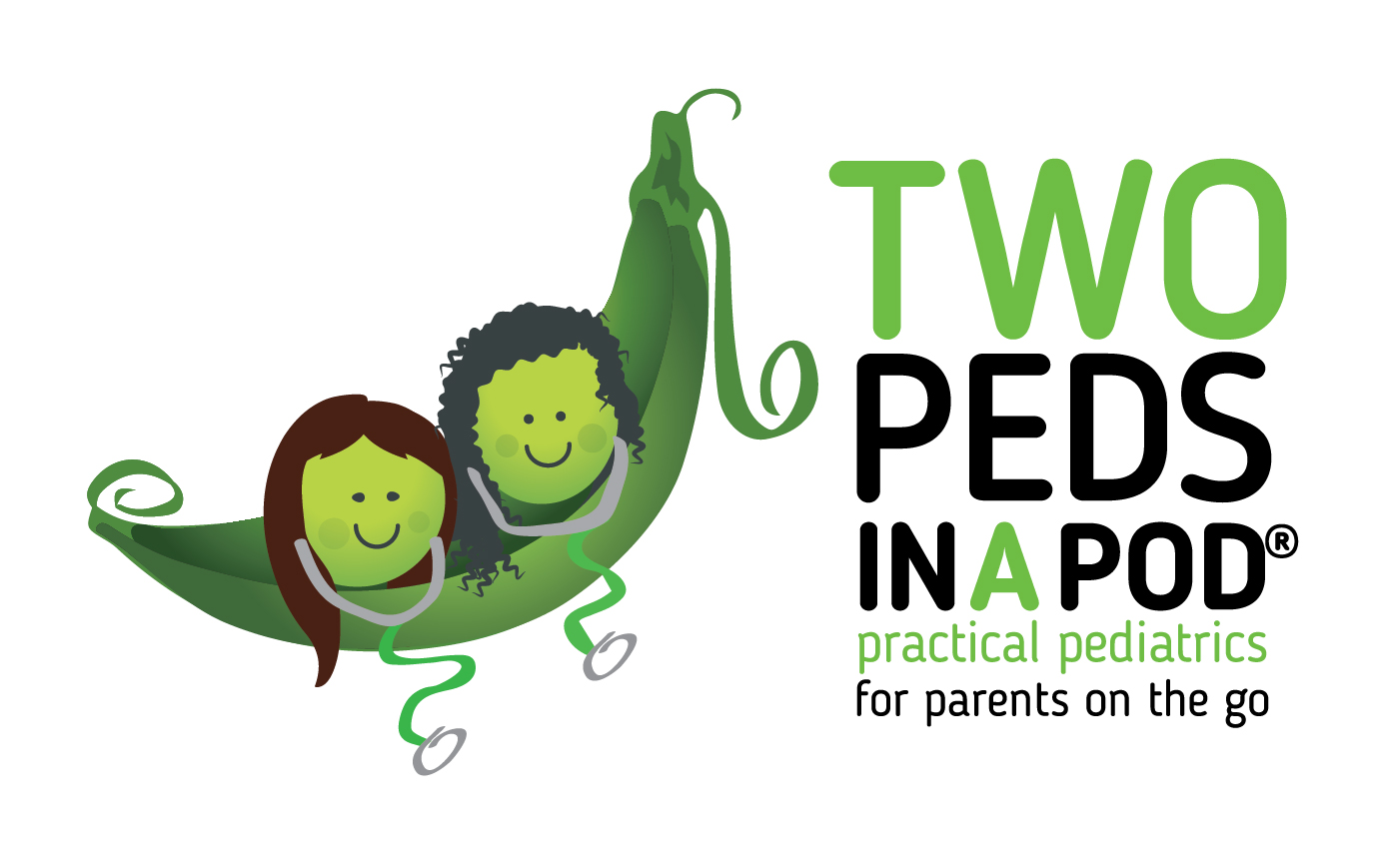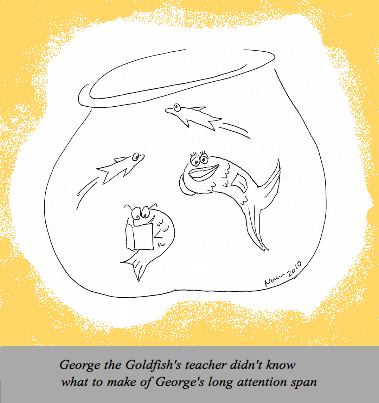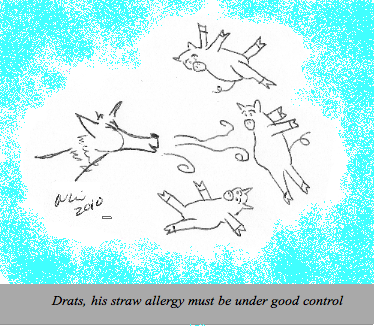
Car seats save many lives every year. After immunizations, they are the most effective way to prevent death in children, but car seats need to be used properly. Many families travel this time of year and that means it’s time to update your car seat safety knowledge.
Until recently, experts recommended that babies in car seats need to weigh at least 20 pounds AND be at least one year old until they could face forward. Newer recommendations say babies should stay rear facing in a car seat until two years old, or until they no longer fit facing backward. The reason for this change is that in a crash, children suffer fewer injuries when they face backward. Different car seat brands have different weight and height specifications so be sure to read the literature that comes with your car seat. If the seat fits well, the middle of the back seat is the best spot to install a car seat. Rear facing infant seats are the most difficult to install correctly. Luckily, many police stations and gas stations offer programs to check if car seats are installed properly. Check with your local police.
Children should remain in car seats as long as they correctly fit. For some kids this is age four years and for smaller kids this may be five or even six years. If your child is particularly tall or obese he may require a high-backed booster soon after age three. My friend had a tall child that unfortunately ended up in a car accident recently. Again, read the literature that comes with your car seat for the height and weight limit; this is more important than the age of your child. The more restraints, the safer the seat. Five point harnesses are safer than three point. After five years a car seat should be replaced. Usually the third born ends up with a new seat. Because of the risk of hairline cracks, also replace a car seat if it was in an accident.
When your child outgrows the car seat, he graduates to a booster. Again, remember the more restraints, the safer the seat. A high backed booster is preferable until your child outgrows it. Keep your child in his booster seat until he is tall enough for the chest strap of a car’s seatbelt to lie diagonally across his chest without hitting his neck and for the lap strap to lie straight across the bony parts of his hips, not his stomach. To provide neck support and minimize whip lash, his ears should not jut up past the top of the back of the booster or car headrest. Keep children 12 years old and younger in the back seat. The force of an air bag can harm a young child.
Parents can call 1-800-CARBELT to access the American Academy of Pediatrics car safety seat hot line for their more specific car seat questions.
To ingrain good car safety habits in your children, remember to be a role model and buckle up yourself 100 percent of the time, even if you are driving only next door. Your children are watching you.
Julie Kardos, MD with Naline Lai, MD
©2010 Two Peds in a Pod?
Addendum: Please note that the official updated car restraint policy of the American Academy of Pediatrics as of March 2011 include the above recommendations of staying rearfacing until age two years and avoiding riding in the front seat until at least age thirteen years. In addition, more specific guidelines about boosters were added: children should stay in a booster seat until the car’s seat belt fits properly, at the minimum height of 4’9″ and between 8-12 years of age.




 Graco was founded nearly 70 years ago, and Evenflo and Child Craft have been around even longer. In fact, most of the prominent baby supply manufacturers have been in the baby business for decades, so I am always appalled when their products are recalled. Haven’t they perfected the art of manufacturing safe baby products yet? Drop-down side cribs are the latest example in faulty designs. In the past year, manufacturers announced the recall of many drop side cribs. Ultimately, last week, the
Graco was founded nearly 70 years ago, and Evenflo and Child Craft have been around even longer. In fact, most of the prominent baby supply manufacturers have been in the baby business for decades, so I am always appalled when their products are recalled. Haven’t they perfected the art of manufacturing safe baby products yet? Drop-down side cribs are the latest example in faulty designs. In the past year, manufacturers announced the recall of many drop side cribs. Ultimately, last week, the 
 Dashing through the mall, having traded your one-horse open sleigh for a minivan, you have secured gifts for all creatures, including the mouse. Now you are ready to leave on a plane tomorrow to spend the holidays with forty of your closest relatives.
Dashing through the mall, having traded your one-horse open sleigh for a minivan, you have secured gifts for all creatures, including the mouse. Now you are ready to leave on a plane tomorrow to spend the holidays with forty of your closest relatives. Fa-la-la-la-la, THUD.
Fa-la-la-la-la, THUD. Our pediatric offices are getting busier as the winter germs start to circulate! We have a great way to demonstrate to your children good hand washing techniques during this cold and flu season. Lightly cover your children’s hands with petroleum jelly and sprinkle “germs” in the form of glitter over their hands. Use different colors for each child. Then have them high-five each other. Observe how the “germs” spread from hand to hand. Then wash under water for a few seconds and observe how much comes off. Share with your kids that 10-15 seconds (the time it takes to sing the “ABC song”) of hand washing is most effective at decreasing germs. Another fun way is to use a substance called
Our pediatric offices are getting busier as the winter germs start to circulate! We have a great way to demonstrate to your children good hand washing techniques during this cold and flu season. Lightly cover your children’s hands with petroleum jelly and sprinkle “germs” in the form of glitter over their hands. Use different colors for each child. Then have them high-five each other. Observe how the “germs” spread from hand to hand. Then wash under water for a few seconds and observe how much comes off. Share with your kids that 10-15 seconds (the time it takes to sing the “ABC song”) of hand washing is most effective at decreasing germs. Another fun way is to use a substance called  A mom wrinkles her brow and hands me a bulging bag of inhalers. “Which medicine is the ‘quick fix’ inhaler? And which medicine is the ‘controller’ inhaler?” she asks.
A mom wrinkles her brow and hands me a bulging bag of inhalers. “Which medicine is the ‘quick fix’ inhaler? And which medicine is the ‘controller’ inhaler?” she asks. My husband and I had waited three long years for “the phone call” letting us know who would become our baby. Only three short weeks prior to boarding a plane to China, we got the news we would not be bringing just one beautiful girl home from China, but TWO. Twins. We should have known right at that moment we would begin living a life of improvisation.
My husband and I had waited three long years for “the phone call” letting us know who would become our baby. Only three short weeks prior to boarding a plane to China, we got the news we would not be bringing just one beautiful girl home from China, but TWO. Twins. We should have known right at that moment we would begin living a life of improvisation.
 Panic.
Panic.